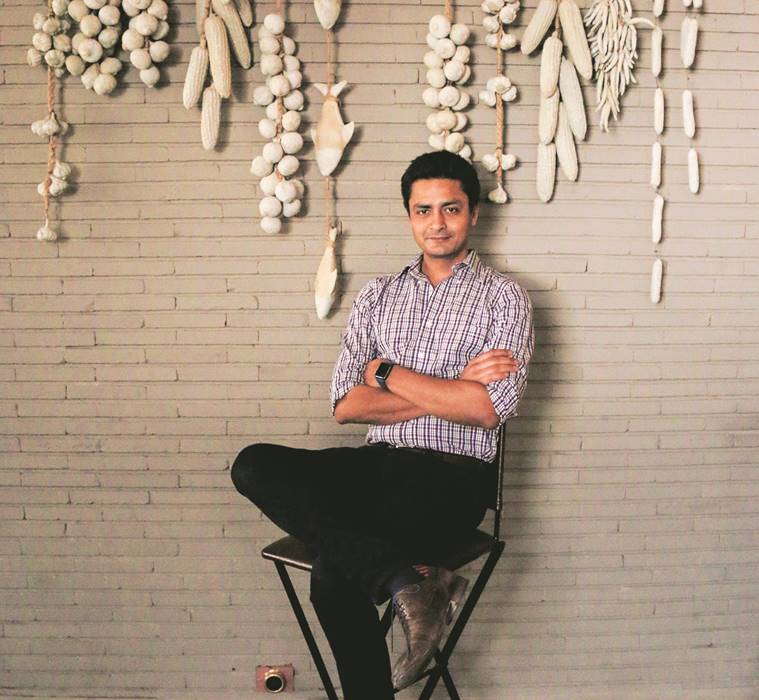
Living Food: My current favourite technique is that of making various kinds of cheese. And when I say cheese, I mean a product that is fairly complex. The seed for this was planted nearly two years ago, when I started to wonder if it was possible to create artisanal cheese in India. It all came down to sourcing the right kind of milk, equipment, culture, rennet and so on. You need a great deal of patience to make cheese, because it’s a living thing. Even if you have done everything right, it will be months before you actually know how it has turned out. For example, I just tasted a brie, that we actually made four months ago. It’s a constant process that is fascinating because the element of time completely transforms milk into all these different kinds of cheese.

Cultural appropriation: I was introduced to good quality cheese very early in life. My parents were exporters and they travelled extensively. Back then, as a vegetarian, my mother had a hard time finding the right kind of food to eat while she travelled abroad. All that she had was some bread and cheese. Inevitably, my parents would bring back different kinds of cheese. At any given time, we would have balls of edam, gouda, cheddar and so on in the house.
Big Cheese: The cheese that we make at Begum Victoria is inspired by Europe, but like with wine, the terroir plays a role in how the product finally tastes. We get the culture from abroad, but the milk is different, as is the cave in which we mature the cheese. What happens then is that the cheese, even if you’re making what is technically brie or gouda, acquires different characteristics. Our brie, for example, is unique enough to be our proprietary cheese.
Manu Chandra is chef partner at Olive Group and Fromager, Begum Victoria Restaurants